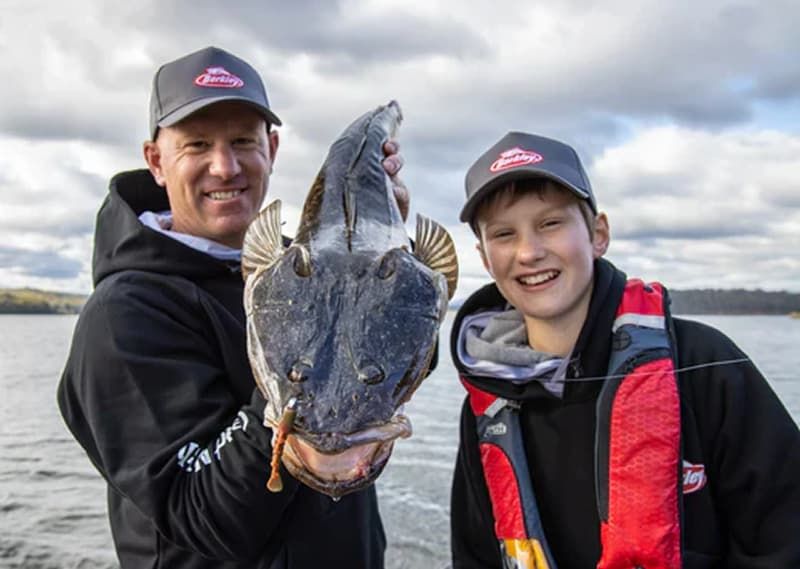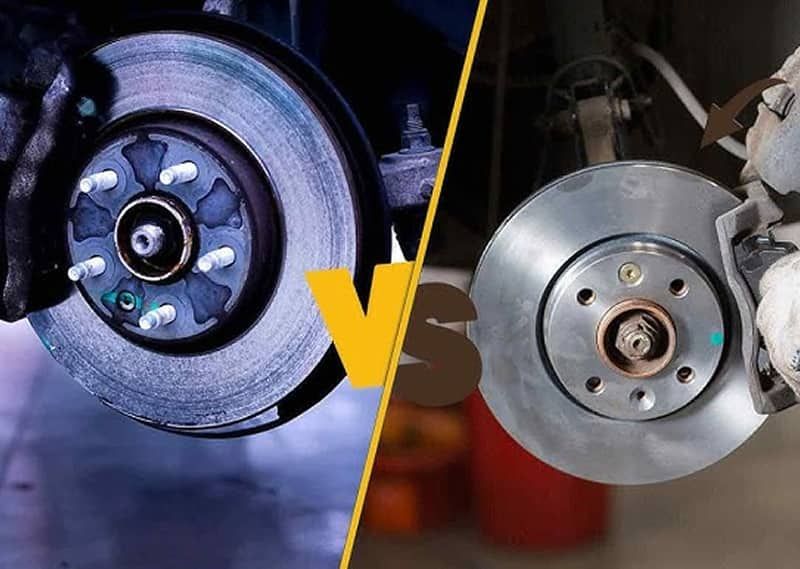Mastering the Art of Finding the Best Fishing Spots
Successful fishing depends heavily on finding the ideal fishing location because it transforms ordinary catches into meaningful angling moments. The discovery of hot fishing areas necessitates research activities combined with observation skills and tactical utilization of technological resources together with local information. A practical guide follows with specific actionable steps to find top fishing areas which can exist either on freshwater lakes, rivers or in ocean waters.

1. Conduct Proper Research Before Leaving
Start your research by examining internet sites dedicated to fishing. Fishing enthusiasts at forums and online discussion boards as well as web sites provide their firsthand perspectives about local hotspots through first-hand feedback. Sound fishing reports combined with weather forecasts will give you essential information that helps determine fish behavior in addition to water quality during your fishing trip.
The mapping tools Google Earth and Google Maps enable you to search for suitable fishing spots without visiting the sites personally. These applications allow you to select structures such as bridges, dams, creek crossings, and underwater features such as underwater rocks or weed beds-areas that have been known to attract fish.
2. Leverage Local Knowledge
The fishing and species patterns of the region are best understood through local information obtained from fishermen and park rangers who own tackle shop businesses. The process of speaking with them will reveal uncommon fishing information. Approach such interactions with tact, as some might be guarding their own secret holes.
3. Leverage Technology
New technology provides useful devices to optimize your fishing success:
- Fishing Apps: Apps can provide up-to-date information about nearby fishing spots, fish habitats, water temperature, and even user-submissions’ reports about catches.
- Bathymetric Maps: Maps show underwater features, drops, shoals, and breaks, which are regions referred to as prime fish-holding structures. Understanding bathymetry will help you target spots where fish cluster by depth change or underwater features.
- Sonar and Fish Finders: On-board sonar machines verify map data and help locate baitfish and predator schools, thereby enhancing your potential for success.
4. Identify and Target Major Structures
Fish tend to gather near natural and artificial structures that provide them with cover, feeding grounds, or ambush points. Some of the productive structure types are:
- Rock Walls and Jetties: They provide cover, current breaks, and crustaceans and baitfish attraction, which transform them into predators’ favorite haunts like snapper or bass. Fishing alongside the walls at the bottom where the rocks meet the sea floor is effective.
- Bridges and Pylons: The pylons create eddies and shelter, which draw a variety of species. Casting up and retrieving your lure over the pylons at different depths can draw varied catches.
- Submerged Rocks, Wrecks, and Buoys: These act as areas of concentration for fish. Marine charts with pictograms may be used to spot these features. Rocky bottoms, for example, are appropriate for pollock, while sandy bottoms are preferred by turbo.
5. Observe Signs of Fish Life
When searching on foot, look for natural indications of the presence of fish:
- Birds plunging into the water, small fish leaping, or insects skimming the surface tend to indicate feeding activity.
- Weeds beds, sunken logs, or rocky outcrops on the bottom offer cover for fish such as bass and can be prime ambush locations.
6. Understand Seasonal and Environmental Preferences
Fish behavior changes by seasons, water temperatures, and food availabilities. For example:
- During spawning periods, fish congregate over familiar spawning areas.
- Summer can find some fish favoring shallow bottom with abundant bait like shad, and others staying over deeper bottoms.
- Adjust your fishing location and techniques according to these patterns to enhance your success.
Summary
Finding the optimal fishing locations is a mix of investigation, indigenous knowledge, technology, and keen observation. Use internet facilities and mapping equipment to spot possible locations, hear it from the locals, and focus on features where fish are likely to congregate. Watch for natural signs of fish movement and adjust your approach in relation to seasonal and climatic changes. By mastering these techniques, anglers can discover rich fishing spots consistently and enjoy more successful and memorable fishing excursions.
 Disclaimer:
Disclaimer:
The content provided on our blog site traverses numerous categories, offering readers valuable and practical information. Readers can use the editorial team’s research and data to gain more insights into their topics of interest. However, they are requested not to treat the articles as conclusive. The website team cannot be held responsible for differences in data or inaccuracies found across other platforms. Please also note that the site might also miss out on various schemes and offers available that the readers may find more beneficial than the ones we cover.
Featured Articles
-
 Finance
FinanceEssential Financial Literacy Concepts Every Beginner Must Understand
-
 Home & Garden
Home & GardenBenefits of Memory Foam Mattresses and Best Ones to Look Out For
-
 Automotive
Automotive5 Professional Secrets to Get the Best Deals When Buying a Car
-
 Automotive
AutomotiveInsider Secrets to Negotiating Your Car Purchase Like a Pro
-
 Health & Wellness
Health & WellnessUnpack the Roots of Chronic Heartburn and Personalized Treatment Options
-
 Automotive
AutomotiveWhat’s the Big Deal with Ceramic vs. Organic Brake Pads? Which Type is Hard on Rotors?




